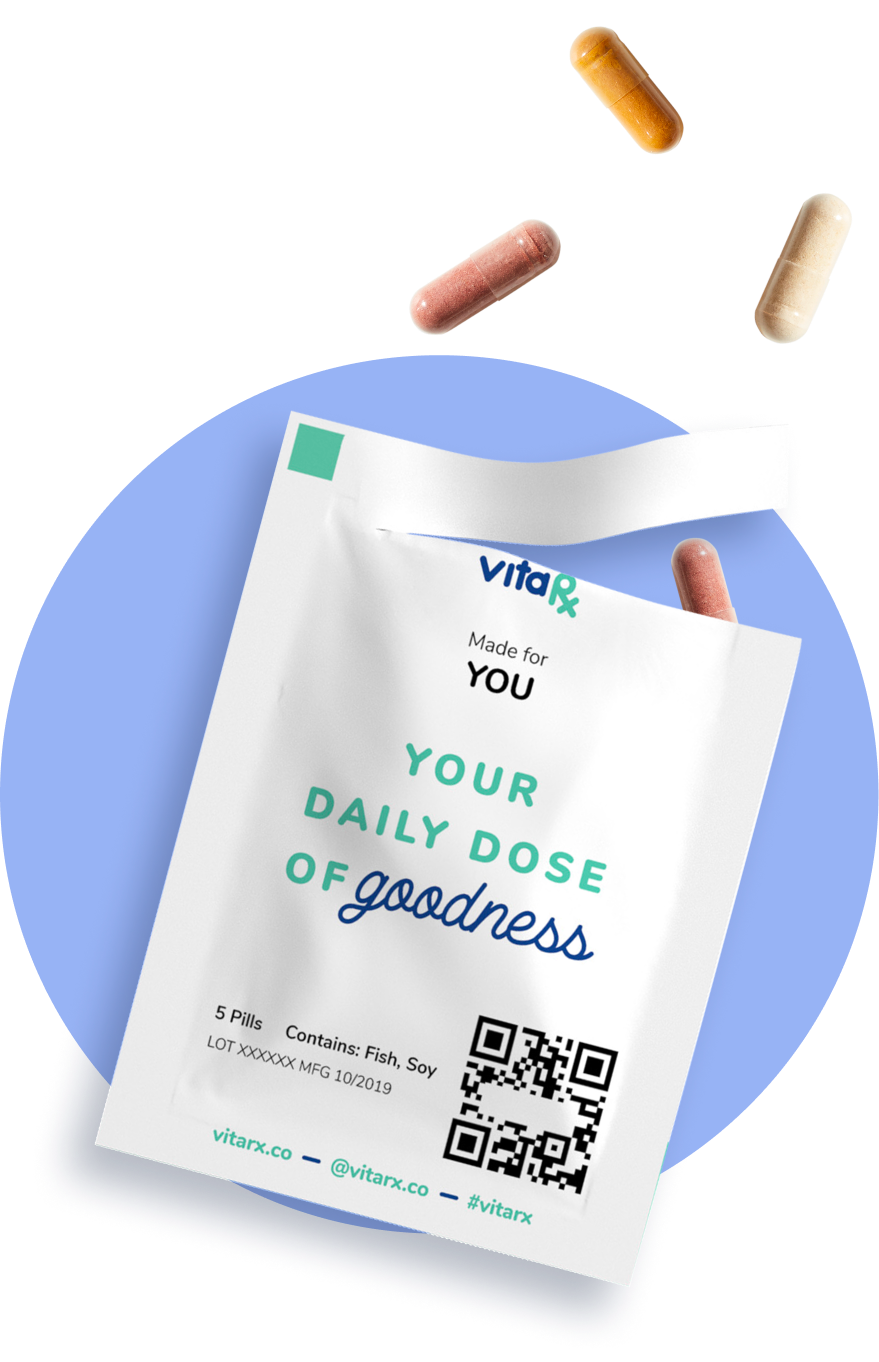Last update: January 23, 2025
5 minute read
All About Fungal Acne
Think you might be dealing with more than regular acne? Discover what fungal acne is, how to spot it, and the best ways to treat and prevent this often-misunderstood skin condition.

By Stephanie Wright, RN, BSN
Edited by Dr. Dimitar Marinov, MD, RDN, PhD

Have you ever struggled with stubborn acne that just won't clear up, no matter what you try? What if it's not traditional acne at all? Fungal acne might be the hidden culprit behind those persistent bumps. Let's dive into what fungal acne is, how to identify it, and, most importantly, how to treat it effectively.
Key takeaways
- Fungal acne is caused by an overgrowth of yeast called Malassezia furfur
- Itchy, uniform red bumps are characteristic symptoms, different from typical acne
- Antifungal treatments, not standard acne medications, are necessary for effective relief
- Lifestyle changes can help prevent recurrence and manage symptoms
What is fungal acne?
Fungal acne, medically known as Malassezia folliculitis, is a skin condition caused by the overgrowth of a yeast called Malassezia furfur. This yeast naturally lives on our skin in small amounts but can cause problems when it grows out of control, especially within hair follicles. Unlike other types of acne that are caused by bacteria and clogged pores, fungal acne is all about yeast.
VitaRx Tip
Fungal acne isn't actually acne! Despite its name, it's a type of folliculitis, which means inflammation of the hair follicles caused by yeast.
Symptoms of fungal acne
So, how do you know if you're dealing with fungal acne?
- Uniform red bumps: Fungal acne appears as red bumps or papules that are uniform in size and shape.
- Itching: These bumps are often itchy, a key difference from regular acne.
- No blackheads or whiteheads: Unlike typical acne, you won't see blackheads or whiteheads.
- Common areas affected: It usually shows up on the forehead, cheeks, chin, upper back, shoulders, chest, upper arms, and neck.
- Sudden onset: The bumps can appear suddenly, sometimes after sweating or in hot, humid environments.
Causes of fungal acne
Understanding what triggers fungal acne can help in prevention and treatment:
- Excessive sweating: Activities that lead to heavy sweating can create a moist environment where yeast thrives.
- Hot and humid climates: Yeast loves warmth and humidity, making outbreaks more common in such conditions.
- Tight clothing: Wearing tight, non-breathable fabrics can trap moisture against the skin.
- Use of antibiotics: Prolonged antibiotic use can disrupt the skin's natural flora, allowing yeast to overgrow.
- Compromised immune system: Conditions that weaken the immune system may increase susceptibility.
Diagnosis of fungal acne
Identifying fungal acne can be a bit tricky since it looks similar to bacterial acne.
- Clinical examination: A dermatologist will examine your skin closely.
- Wood's lamp test: They might use a Wood's lamp, which can make the yeast glow a yellow-green color under black light.
- Skin scraping or biopsy: In some cases, a skin scraping or biopsy is performed to confirm the presence of Malassezia yeast under a microscope.
Treatment of fungal acne
Treating fungal acne requires a different approach than regular acne.
Topical antifungals
- Antifungal creams and washes: Products containing ketoconazole, selenium sulfide, or miconazole are effective.
- For instance, using a selenium sulfide shampoo can help. Apply it to the affected areas daily for seven consecutive days each month, repeating as necessary.
- Anti-dandruff shampoos: Shampoos like Nizoral or Selsun Blue can be used on the skin to combat yeast growth.
Oral antifungals
For more severe cases:
- Medications: Oral antifungal drugs like fluconazole and itraconazole may be prescribed.
- Pulsed doses: These are often given in pulsed doses to minimize side effects like stomach pain, diarrhea, nausea, and potential liver damage.
Lifestyle changes
Prevention is just as important as treatment.
- Wear loose, breathable fabrics: Tight clothing can trap moisture and encourage yeast overgrowth.
- Shower after sweating: Always shower promptly after exercising or sweating heavily.
- Avoid irritating skin care products: Use non-comedogenic and fragrance-free products to minimize irritation.
- Manage heat and humidity: If possible, keep your environment cool and dry to reduce yeast proliferation.
- Balanced diet: Opt for a diet low in sugar and refined carbohydrates to discourage yeast growth.
Dos and don'ts for fungal acne
Do’s
Do consult a dermatologist for proper diagnosis and treatment.
Do use antifungal products as directed to combat yeast overgrowth.
Do maintain good hygiene, especially after sweating.
Do wear breathable fabrics to reduce moisture buildup.
Don’ts
Don't rely on regular acne treatments; they may not be effective against yeast.
Don't wear tight, non-breathable clothing that can trap moisture.
Don't wear tight, non-breathable clothing that can trap moisture.-
Don't overuse oily skincare products that may exacerbate the condition.
Frequently asked questions (FAQ)
Here are some of the most frequently asked questions about fungal acne.
Final thoughts
Fungal acne is a unique skin condition that often goes unrecognized. By understanding its symptoms and causes, you can take the right steps toward effective treatment. Remember, proper diagnosis by a dermatologist is crucial to ensure you're treating your skin correctly. With the right approach, you can clear up those stubborn bumps and enjoy healthier skin.
Taking care of your skin doesn't have to be a mystery. Now that you're armed with knowledge about fungal acne, you're one step closer to achieving the clear skin you deserve!
— Dr. Dimitar Marinov, MD, RDN, PhDUnderstanding the distinct causes and symptoms of fungal acne is crucial for achieving effective, long-term skin health.
Sources and references
Author

Stephanie Wright
Stephanie brings over 13 years of diverse nursing experience to the table, having honed her expertise in critical care, mental health, and utilization management. Her journey as a registered nurse across these various healthcare sectors underscores her adaptability and deep commitment to patient care.
Fact checker

Dr. Dimitar Marinov
Dr. Marinov has years of experience in scientific research and preventive and clinical medicine. His publications in peer-reviewed journals are on nutritional status, physical activity, and musculoskeletal disorders among adolescents.
At VitaRx, we're not just passionate about our work — we take immense pride in it. Our dedicated team of writers diligently follows strict editorial standards, ensuring that every piece of content we publish is accurate, current, and highly valuable. We don't just strive for quality; we aim for excellence.
Related posts
While you're at it, here are some other relevant articles you might be interested in.

Get your personalized vitamin recommendations in less than
5 minutes.
Get your personalized vitamin recommendations in less than
5 minutes.








